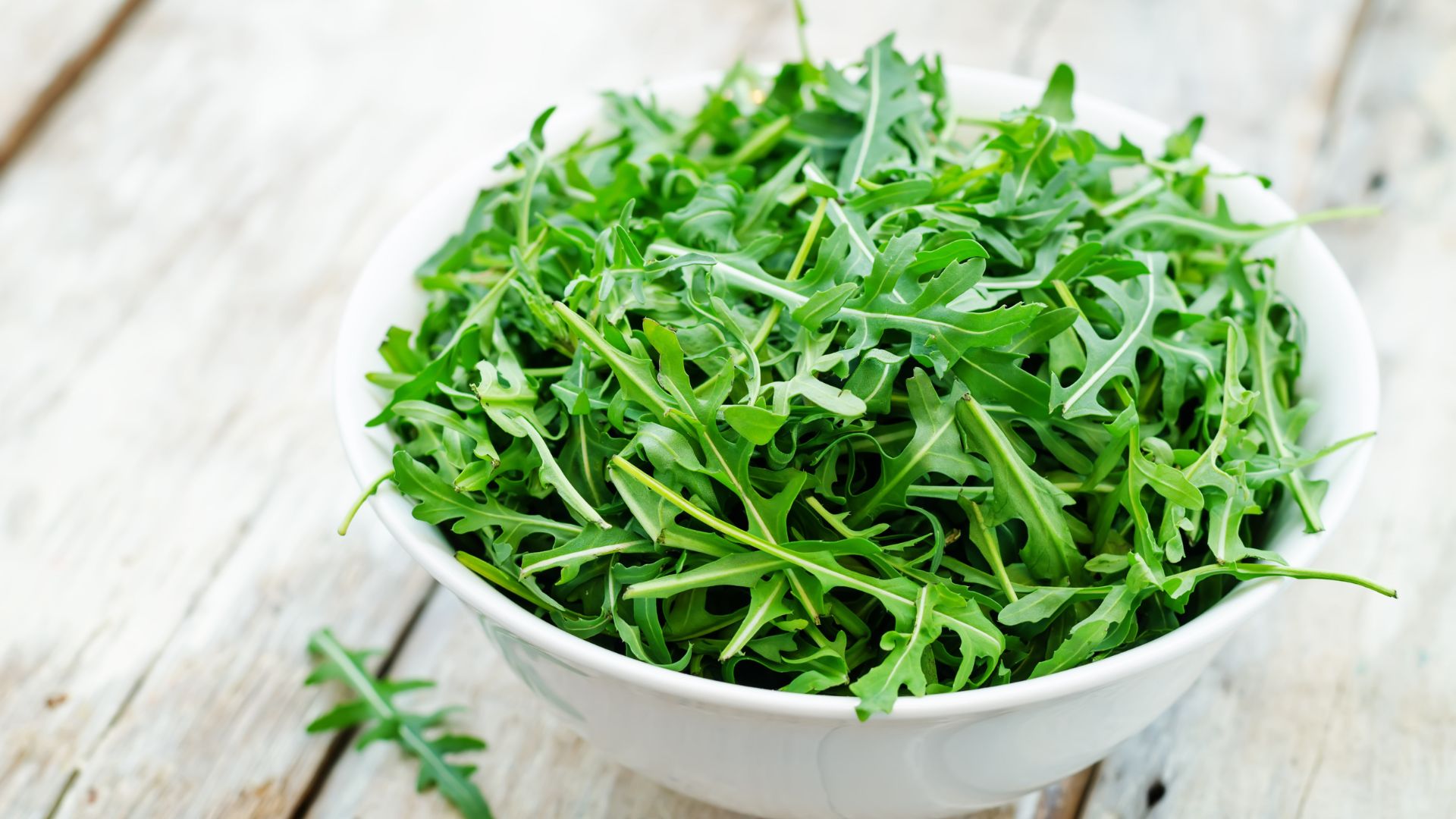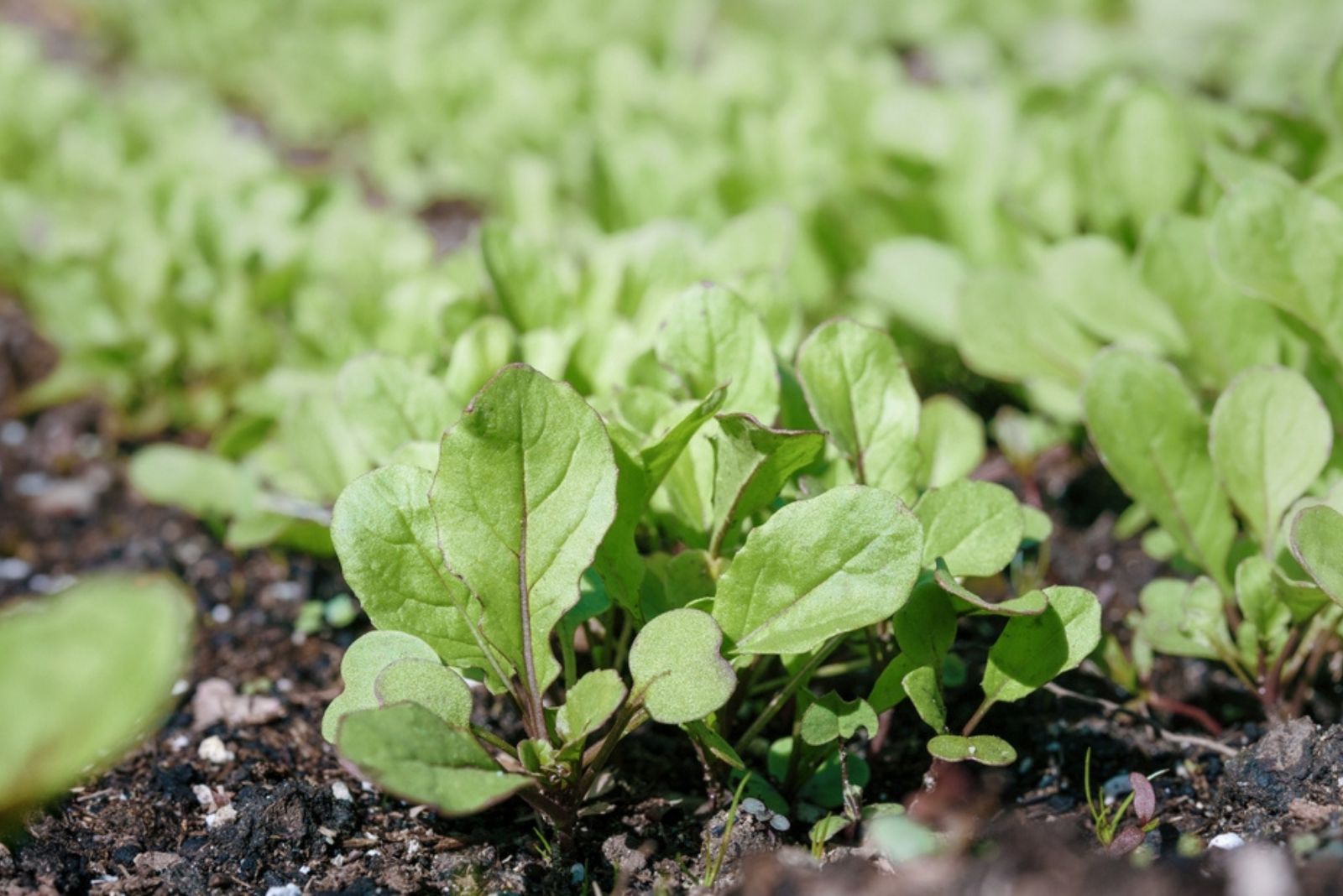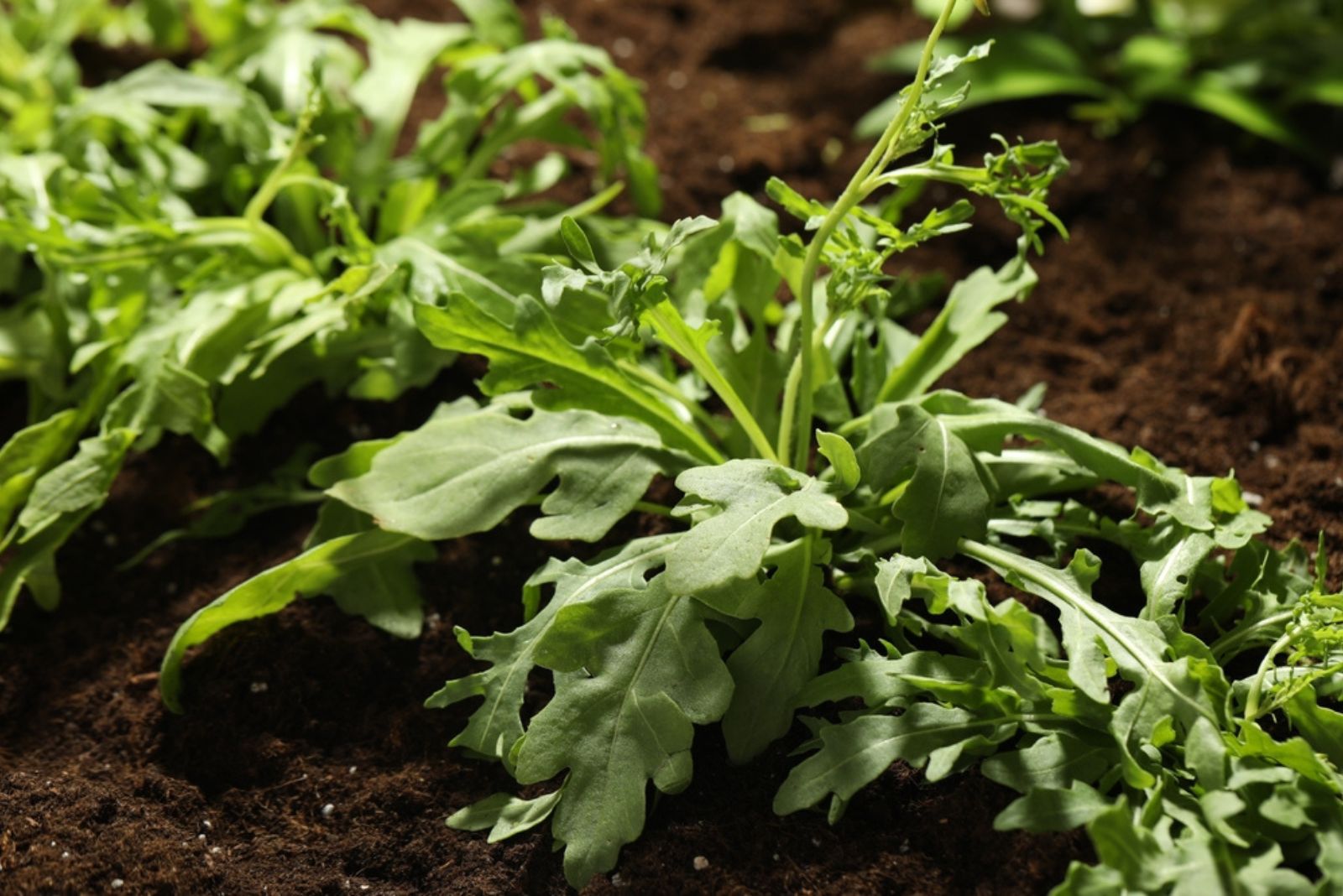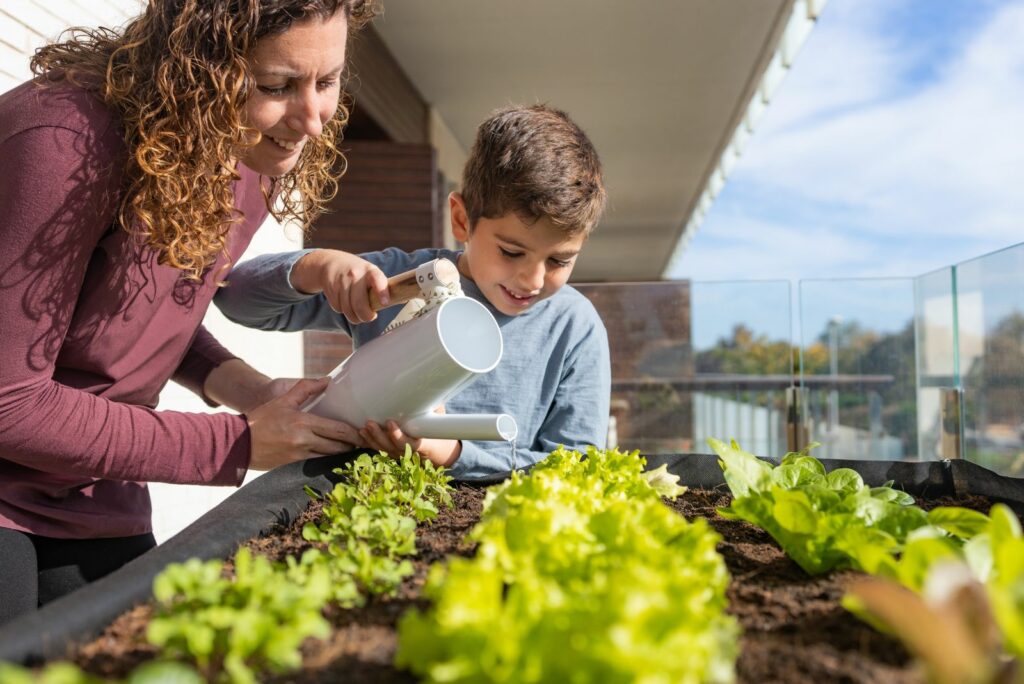When I first tasted arugula, I was completely blown away – the bitterness, the sweetness, that unusual flavor… it all blends perfectly together!
I decided that I must grow it in my own garden. I mean, you can use it to make delicious Italian meals, salads, sandwiches, or use it just for snacking (it’s that good).
Honestly, I wasn’t expecting much when I first planted it, but it grew faster than I could eat it. Turns out, it’s one of those greens that practically grows itself – it doesn’t ask for much, so just a little sun and water will do the trick.
Thinking about planting arugula?
If so, then here are a few tips that made mine grow like crazy:
First, Wait For The Perfect Moment To Plant Your Arugula
The first time I planted arugula, I had no idea I’d be harvesting it so soon – I honestly thought I’d have to wait for longer.
But 40 days flew by and I was already out snipping away for salads.
And with arugula, you get to squeeze in two harvests in one year – one in spring and another in late summer (but only if you do it right).
Arugula doesn’t like the heat. One summer, I tried to keep it going all summer long, but it eventually just wilted away (sad, I know).
Now, I’ve got it down to a science: I plant it early when the soil’s workable, put in a few seeds every couple of weeks for a steady harvest, and let it thrive in the cool spring and fall weather.
Arugula even toughs out a little frost, so it hangs around longer than most of my other greens.
Want more greens that thrive in winter? Please check: 22 Best Cold Weather Greens For Winter Gardens
Next, Find An Ideal Location For It
When picking the perfect spot for your arugula, make sure it gets plenty of sunlight, though a little shade won’t hurt either (yeah, it’s pretty flexible like that).
Well-draining soil is crucial, unless you want to end up with overwatering issues. If space is tight, you can also use containers for your arugula!
Just be mindful of one thing: don’t plant it where any of its Brassicaceae cousins (like cabbage or broccoli) grew last year because pests and diseases can stick around in the soil.
I would recommend planting some arugula companion plants nearby – these include beets, carrots, rosemary, and onions.
Then, Make Sure Your Properly Space Your Arugula
When you’re ready to plant, put the seeds about 1/4 inch deep and space them an inch apart in rows about a foot wide.
If you’re transplanting from nursery plants, make sure to plant them at the same depth they were growing in their old home.
And good news – no need for fancy trellises or support structures here! Arugula is super independent and sturdy, just how we like it.
And Finally, Take Good Care Of Your New Greens
Once your greens have grown a bit, it’s important to give them proper care. Here are some things that helped my arugula thrive:
• Light – go for at least six hours of direct sunlight during the day. If you’re in a hotter climate, a bit of afternoon shade can help keep your arugula from wilting or bolting.
• Soil – arugula will thrive in well-drained soil that’s slightly acidic to neutral. While it’s pretty adaptable, it prefers nutrient-rich loam.
• Water – keep it consistently moist, but not soggy. Check the top inch of soil; if it’s dry, it’s time to water. If you’re in a dry climate, you might find yourself watering every morning.
• Temperature and humidity – ideal temperature would be between 45 and 65 degrees Fahrenheit. Protect your arugula from extreme temperatures with row covers or shade to extend the harvesting season. It can adapt to any type of humidity, as long as it stays hydrated.
• Fertilizer – if you have nitrogen-rich soil, you don’t have to add any extra nutrients. If the leaves start looking pale, it’s time to give the soil a little boost with compost.
• Pollination – arugula is pretty self-sufficient when it comes to pollination. It can handle the job on its own or get a little help from insects and the wind.
By following these tips, your arugula will just keep getting better and better. Find some delicious recipes and enjoy its strange, yet delicious taste.
Also read: Fill Every Dark Nook In Your Garden With These 15 Shade-Loving Veggies





